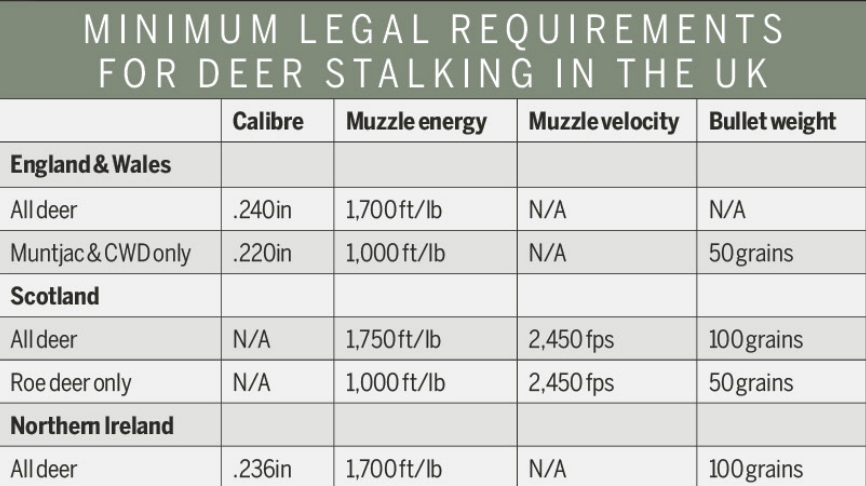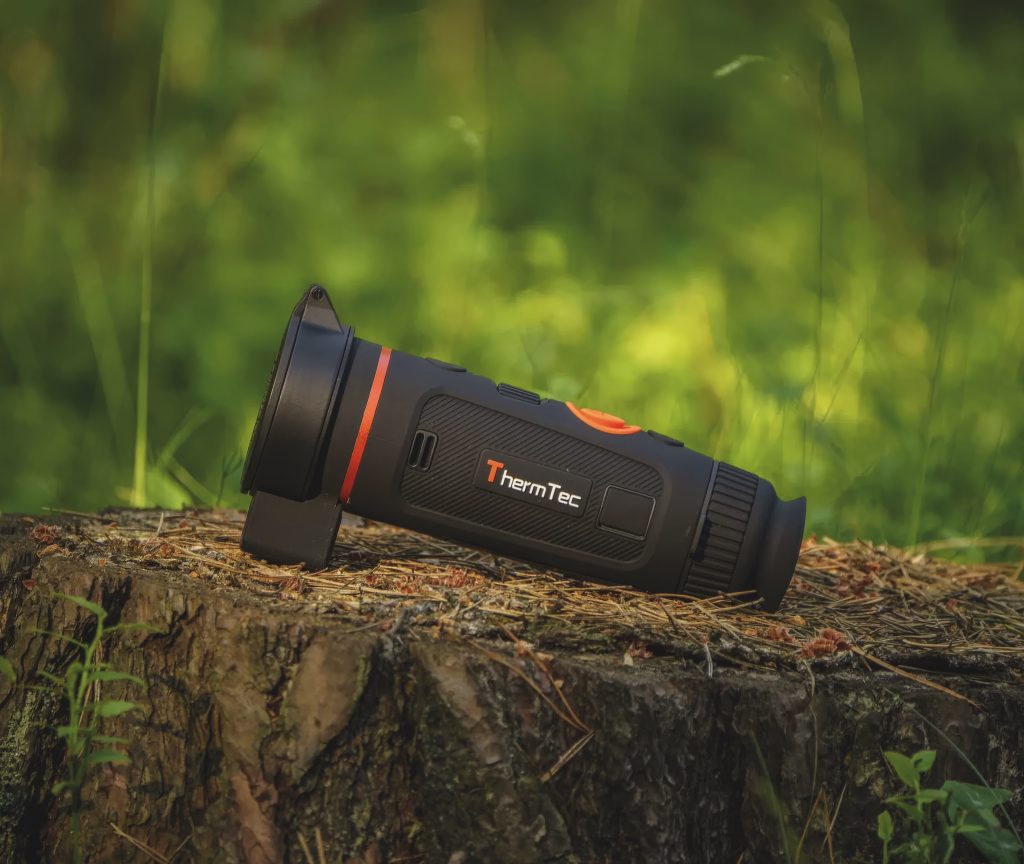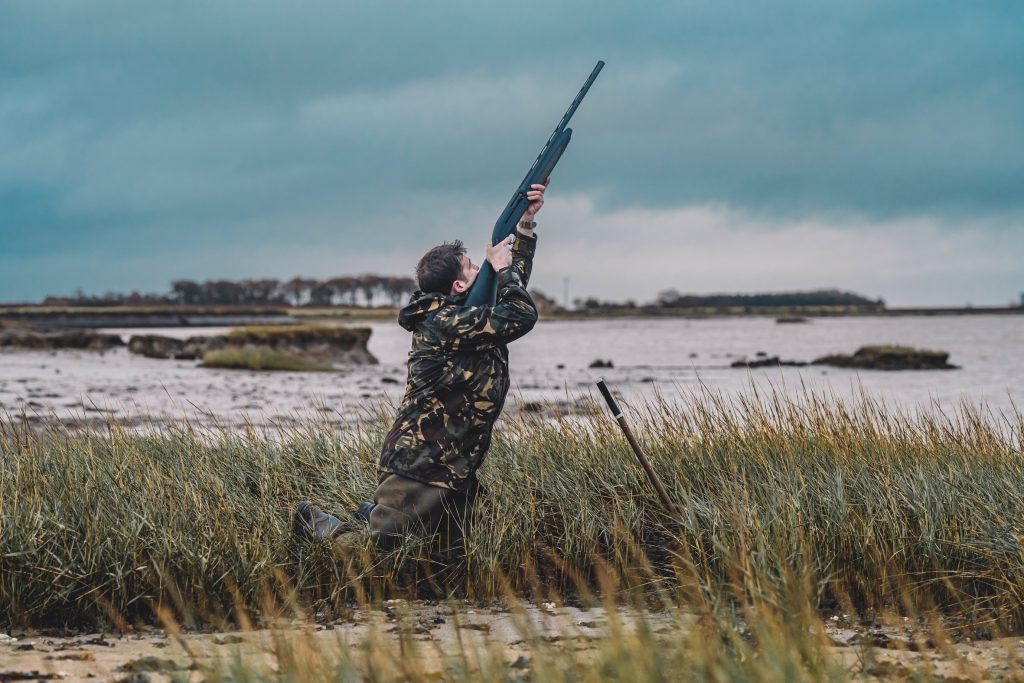Win CENS ProFlex DX5 earplugs worth £1,149 – enter here
Choosing the right stalking rifle
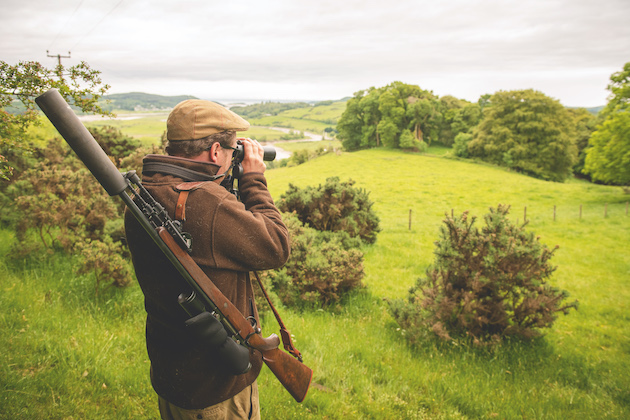
Perhaps you have already done a bit of stalking, possibly as a guest using the estate rifle, and now you have been truly bitten by the deer bug. It’s time to choose a stalking rifle – but where to start?
Your biggest decision, and one you need to make even before you apply for your Firearms Certificate, is going to be which calibre to choose. Importantly, it will need to meet the legal requirements for where you are stalking (see panel) but still there is an almost bewildering choice available.
It always used to be said that if you sat a group of stalkers down in a pub and asked them what the best deer-stalking cartridge was, they would still be arguing at closing time. The truth of the matter is that everyone will have a favourite calibre that performs well for them and, importantly, they have confidence in.
What suits one person might be pure Marmite to another. If you want to test the truth of this, just pose the question on an online stalking chat room. You’ll probably end up confused and regretting it.
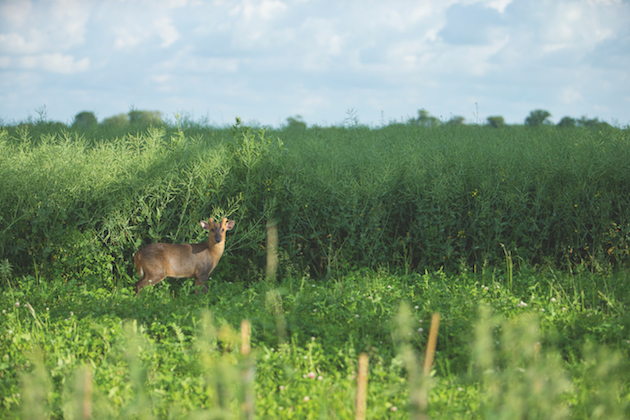
Weigh up calibre with quarry before rushing into the purchase of your first stalking rifle
The calibre that works for you
If you have experience of a calibre that works for you, I’d stick with it. Otherwise, a good yardstick if you are going to rely on commercially loaded cartridges is to go for one of the tried and tested calibres. The likes of the 30-06, .270, .243 and .308 Winchester have been with us for a very long time indeed (in the case of the 6.5×55 Swedish, almost 130 years) and can still be readily obtained at any gun shop. The reason for this is simply that they work. Occasionally new calibres are developed but fade away quickly, so unless you feel an urge to take up reloading they are best avoided. A notable exception is the 6.5 Creedmoor, a relatively new arrival on the stalking scene that continues to build an enthusiastic following and looks set to join the ranks of the classics.
Now that more and more people use moderators, recoil is not the issue that it used to be, though it’s always worth taking the opportunity to try a few alternative calibres if possible on a club range day or with stalking friends. I would advise thinking carefully if you are tempted by a .22 centrefire, which will limit your shooting options to muntjac or Chinese water deer, or roe in Scotland. Smaller calibres may also have their own limitations should a ban on lead-based bullets be imposed in the future. The alternatives can perform somewhat differently and meeting the legal requirements for deer stalking, especially where minimum bullet weights in Scotland are concerned, may yet become an issue.
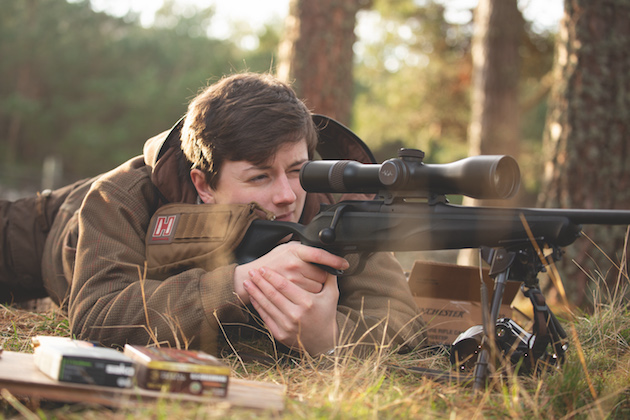
Adjustability plays an important part in finding the ideal model
Fast and accurate
I’d recommend a straightforward bolt-action rifle offering accuracy, a reserve supply of ammunition in the magazine and quick reloading if a second shot is necessary. You will probably feel spoilt for choice; traditionalists might prefer wooden stocks and blued barrels, while others feel that stainless/synthetic combinations are lower maintenance. It’s all down to personal preference in the end. These days, the make is less important as even budget-priced rifles should be capable of shooting to a high degree of accuracy and often come with a test target shot at the factory to prove it.
The more you spend, of course, the better designed, built and aesthetically pleasing the rifle is likely to be. Whatever you decide upon, do make sure that it fits you properly. Everyone has a different body shape and a competent dealer or experienced friend will be able to offer advice on whether a rifle is right for you. While rifles are more likely to be offered in a ‘one size fits all’ configuration than shotguns, many people neglect the importance of fit.
Removable butt spacers can make a big difference to those with shorter or longer arms, and the rise of the cheek piece can have a big effect on personal comfort and accuracy. You might even consider attending a shooting school with your new acquisition – after all, we do it with shotguns. BASC and others offer rifle-coaching days aimed at the newcomer to shooting, and any competent Shot should be able to observe your technique for simple errors in it that are usually easily corrected.
Should your rifle have an internal magazine or a detachable one? I’d opt for detachable for quicker loading and unloading, but others could argue that it’s something else to lose and replacements can be expensive. Then again, a fixed magazine has a set cartridge capacity, usually of three or four rounds, while you can always get a detachable that holds more. Once again, it’s a case of personal preference.
Straight pull or turnbolt? Another personal choice. The straight pull action allows for faster reloading but, with practice, a turnbolt is only fractionally slower. The latter may also be rather less expensive as it tends to be higher-end rifles that come with a straight pull bolt. Psychologically, some people can feel more secure behind an action that feels as though it is locking firmly into place but, in practice, a straight pull bolt locks just as solidly.
Theory to practice
Whatever you choose, don’t forget that you will have to carry it around. A heavy, match-quality rifle might be supremely accurate on the range but could be enormously impractical in the field. Rifle design involves a compromise between accuracy and weight; it needs to absorb recoil sufficiently while remaining light enough to be portable. Very light rifles may be pleasant to carry but higher perceived recoil may affect accuracy. Beware, too, of the very light barrels on some rifles, such as stutzen or ‘mountain’ models. These are intended for those walking long distances under arduous conditions and not for sustained shooting such as range practice, when the barrel will heat up enough to affect accuracy after just two or three shots.
You’ll be wanting to add a moderator to your set-up, I hope. Not only will it reduce both recoil and disturbance to the area you are stalking but, even more importantly, it will protect your hearing. The choice is usually another trade-off between weight and bulk against sound reduction. Modern designs and materials have greatly increased the efficiency of the moderators available on the market today, but this can of course come at a price. I have always been happy with my basic steel moderators, which sleeve back over the barrel to reduce overall length and, despite their age, continue to perform extremely well thanks to simple regular maintenance.
Many people lavish money on a new rifle and then forget the scope, whereas it should be the other way around. Choosing a telescopic sight is a whole subject in its own right but do remember that one with poor light transmission, or which will not hold its zero, is next to useless.
If the cost is mounting up uncomfortably, look around for packages that provide you with a balanced set-up at a sensible price. Or, alternately, check out the second-hand rifle racks where you can often find some superb bargains.
In all cases it makes sense to buy from a reputable gun shop that not only offers a reliable after-sales service but also supplies used rifles checked, serviced and guaranteed. Play your cards right and you might even get a rifle slip – essential for carrying and protecting your new acquisition when travelling between home and stalking grounds – thrown in to sweeten the deal.
Don’t forget about ammunition
Ammo options
Before you leave the gun shop, don’t forget some ammunition (expanding, of course). Don’t just settle for the cheapest brand but be prepared to experiment with different commercial makes as some suit individual rifles – even those of the same make, model and calibre – better than others.
It’s worth getting a few boxes of different brands to try rather than investing in a large amount of just one; I often wish that ‘mix ’n’ match’ selections were available for just this purpose. You might also want to consider some flip-up covers to replace the elasticated caps that are usually supplied with a new telescopic sight. You’ll also need a sling wide enough to sit comfortably on the shoulder with quiet fittings that will not rattle or damage the rifle stock.
Finally, do invest in a good cleaning kit for looking after your new purchase. Although pull-throughs have their place in emergencies, I’ve always preferred a rod fitted with a jag appropriate to the calibre, some flannelette and a decent brand of gun oil. You have just made an investment that should serve you well for a long time to come, so now it’s time to protect it.
Related Articles
Get the latest news delivered direct to your door
Subscribe to Shooting Times & Country
Discover the ultimate companion for field sports enthusiasts with Shooting Times & Country Magazine, the UK’s leading weekly publication that has been at the forefront of shooting culture since 1882. Subscribers gain access to expert tips, comprehensive gear reviews, seasonal advice and a vibrant community of like-minded shooters.
Save on shop price when you subscribe with weekly issues featuring in-depth articles on gundog training, exclusive member offers and access to the digital back issue library. A Shooting Times & Country subscription is more than a magazine, don’t just read about the countryside; immerse yourself in its most authoritative and engaging publication.






